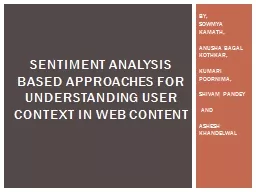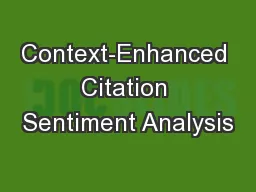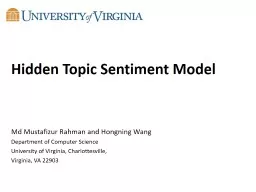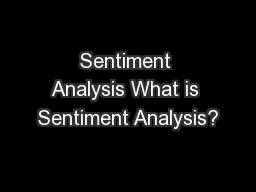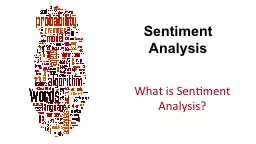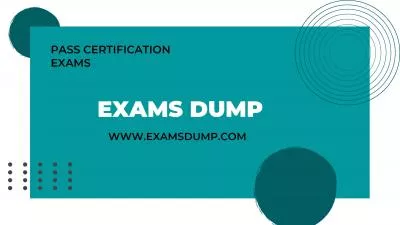PPT-Product Feature Discovery and Ranking for Sentiment Analysi
Author : liane-varnes | Published Date : 2015-10-07
Shashwat Chandra advisor Amitabha mukerjee Nitish Gupta Motivation Important task of review mining is to extract peoples opinions and sentiments on features of
Presentation Embed Code
Download Presentation
Download Presentation The PPT/PDF document "Product Feature Discovery and Ranking fo..." is the property of its rightful owner. Permission is granted to download and print the materials on this website for personal, non-commercial use only, and to display it on your personal computer provided you do not modify the materials and that you retain all copyright notices contained in the materials. By downloading content from our website, you accept the terms of this agreement.
Product Feature Discovery and Ranking for Sentiment Analysi: Transcript
Download Rules Of Document
"Product Feature Discovery and Ranking for Sentiment Analysi"The content belongs to its owner. You may download and print it for personal use, without modification, and keep all copyright notices. By downloading, you agree to these terms.
Related Documents





